If you are producing sample activities for TOEFL iBT test-takers who need to prepare for the Academic Discussion portion of the new TOEFL iBT Writing test, starting July 26, 2023, we strongly encourage you to base your activities on the analysis that we have done of the sample activities that ETS has made available. By doing so, you’re creating material that test-takers are likely to recommend to their friends.
Test-takers have this view of the information when it is time to write their Academic Discussion at the end of the TOEFL iBT Writing test:

Section 1: Test Instructions
Section 1 contains the instructions, which are always the same. Only the academic department (sociology, business, political science, etc) changes. Subjects in the liberal arts seem most common, but anything could be used as long as the question is accessible. The questions are unlikely to require any specific technical knowledge. For instance, there are likely to be questions about the use of social media (which most people are broadly familiar with) but questions about something like genetically modified plants (which some people aren’t familiar with) are unlikely. There is an image of the professor.
Section 2: The Professor's Assignment
After a clear line break, the professor presents 1 or 2 questions that are visually set apart in a block. The questions are academic in tone, but not challenging. Just a slight step up from the banality of the Independent writing task. Nothing technical, nothing complicated, nothing culturally or demographically inaccessible.
When they ask an open-ended question (“What do you think is the most significant effect…?” or “Which issue would you argue is more important…?”), they follow with a simple “Why?” question that encourages the test-taker to dig into reasons and examples.
When they ask a YES/NO question (“Is advertising just a way of manipulating people…?”), they follow with a second YES/NO question that takes an opposing perspective (“… or is it an important source of information…?”).
It’s common to find a comparative or superlative adjective in the question. For examples, review ETS’s 3 samples here.
The total word count for the questions ranges from 19 to 30 words in the samples currently available.
The total word count for Section 2 probably ranges from 69 to 75 words total in the samples currently available.
Section 3: Student #1's Response
In Section 3, the first student responds to the question. Responses in the currently available samples are 39 to 59 words. The first student’s responses seem to have the following characteristics:





blending plausible 2nd Person generalizations with 3rd Person generalizations (“When you are watching television, you are not moving around or exercising. This is especially true for children. When children spend a lot of time watching television, they have a greater tendency to be overweight”)
OR plausible statistics with specific details and multiple numbers (“I read that in just one year, from 2018 to 2019, the number of computers, tablets and mobile phones using ad blockers increased from 142 million to 615 million”)

The above features may or may not appear in other items of this type.
Section 4: Student #2's Response
In Section 4, the second student responds to the question in 53 to 59 words. In open-ended questions (“What do you think is the most significant effect…” or “Which issue would you argue is more important…?”), they mention a new idea that Student #1 didn’t mention. For YES/NO questions (“Is advertising just manipulation… or is it a source of information?”), Student #2 argues against whatever Student #1 said.
Student #2’s responses seem to have the following characteristics:





blending plausible 2nd Person generalizations with 1st Person personal stories (“Think of all the different places in the world you can experience through television! Last night, I watched a program about life in Antarctica, and it was fascinating!”)
OR plausible statistics with specific details and multiple numbers (“People can find out a lot about products from advertising. There’s plenty of evidence that people usually begin the process of making a big purchase by looking at ads and reviews… I’m going to post later about an advertisement that gave me a lot of useful information.”)
Again, note that the above features appear in the materials currently published. They may or may not appear in future items of this type.
The total number of words that test-takers are exposed to is probably in the range of 165 to 193 words.
Section 5: Headshot Photos of Students
Section 5 is simply to note that one student is male and one student is female. Images of each student are presented along with their responses.
Section 6: Where the Test-Taker Types
The test-taker’s response is typed in the box that appears in this section. A word count is displayed on the screen.
Call to Participate
If you’re interested in producing Academic Discussion material that is based on these specifications, please contact Jaime Miller (by visiting the Contact page of this website).
Time allowing, Michael Goodine and I can provide editorial comments. We can also add your website to this Directory of “Authentic” Practice for TOEFL iBT Writing Academic Discussions which is being circulated among students and can provide a source of traffic.
